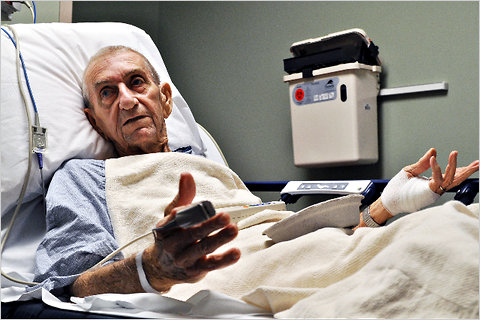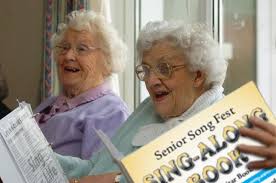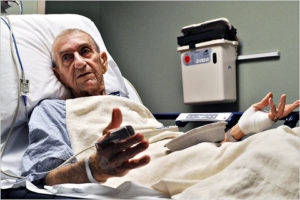Older women were more satisfied with the physical appearance of their breasts long-term when their breast cancer was treated with less radiation. Although the study found reduced radiation was associated with a slightly increased risk of disease recurrence.
This came from the first study evaluating patient-reported cosmetic outcomes in a population-based cohort of older women by The University of Texas MD Anderson Cancer Center
The findings, presented at the 2016 San Antonio Breast Cancer Symposium in a poster session by Cameron W. Swanick, M.D., should serve as an important discussion point between older patients and their physicians when making treatment decisions.
Like younger patients, older women with early stage breast cancer often have several treatment options, including:
- lumpectomy and whole breast irradiation (Lump + WBI);
- lumpectomy plus brachytherapy (Lump + Brachy);
- lumpectomy alone (Lump alone);
- mastectomy without radiation (Mast alone); and
- mastectomy plus radiation (Mast +RT).
However, cosmetic and other quality of life outcomes associated with these treatment options have not been compared in this age population.
“There’s very little in the literature regarding older patient-reported outcomes – either they were not included in previous studies, or were not asked about their cosmetic satisfaction” says Swanick.
The study builds on research published in 2012 by Benjamin D. Smith, M.D., which found that accelerated partial breast irradiation (APBI) brachytherapy is associated with higher rate of later mastectomy, increased radiation-related toxicities and post-operative complications, compared to traditional WBI.
“Despite the findings, brachytherapy advocates felt strongly that patients were happy with their outcomes. It was important for us to take a different methodology to learn from the patient experience and determine their preferences,” says Smith, associate professor, Radiation Oncology.
Swanick and Smith used Medicare claims to prospectively identify women 67 or older and diagnosed with non-metastatic breast cancer in 2009.
The women must have received one of five treatment options and were alive in 2015. From this cohort, 1,650 patients (330 patients per local therapy) were randomly selected. Potential participants were mailed a survey designed using several validated instruments to assess cosmetic satisfaction in breast cancer patients.
Using Lump +WBI as the reference group, as it’s the most widely accepted as standard of care, cosmetic satisfaction scores were higher for Lump + Brachy and Lump alone. Looking at the two mastectomy groups, patients who had Mast +RT reported significantly worse cosmetic outcomes compared to Lump and WBI. There was no difference between Lump + WBI and Mast alone in this cohort.
Patients also reported if their breast cancer had recurred. A small but statistically significant number of patients, six percent, reported recurrences in the Lump + Brachy and Lump alone cohort, compared to patients treated with Lump and WBI.
Given their previous findings, the researchers were surprised that Lump + Brachy performed so well, but noted the higher incidence of recurrence. These findings show that, overall, the less radiation given, the better for the long-term cosmetic satisfaction of the patient, say the researchers.
To that goal, Smith is launching a radiation study looking at two-to- two-and-a-half weeks of treatment of external beam treating a large area surrounding the tumor bed.
“These are important data to discuss with patients, because some women may accept a higher local recurrence risk in exchange change for better cosmetic satisfaction,” says Swanick.



